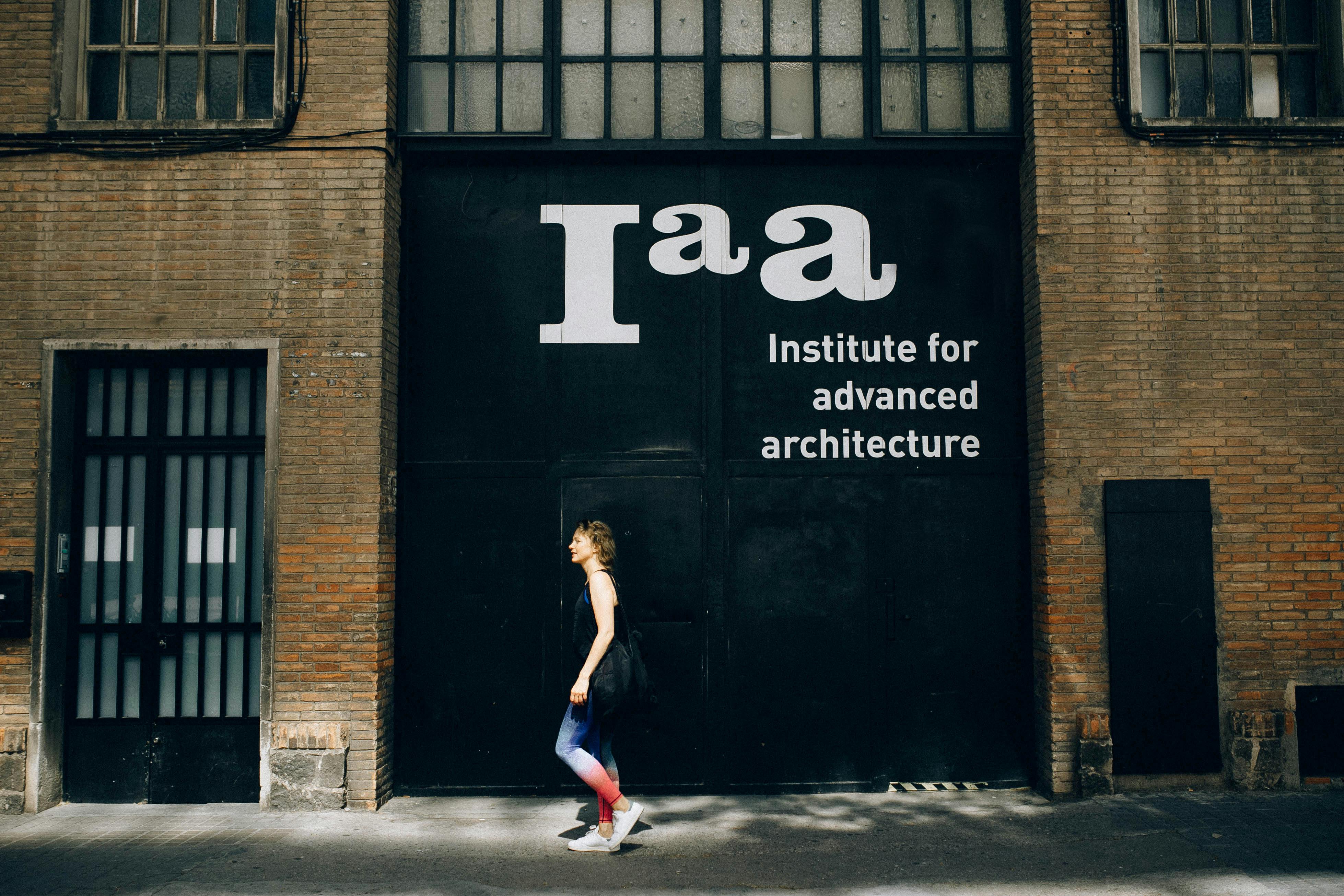P90X workouts are tough. But I tell everyone I train that it’s diet, nutrition, and supplements that get people the results they seek. Workouts make you fit inside, your nutrition makes you look fit on the outside.
I didn’t actually follow any nutrition plans or recipes provided by Beachbody during my P90X tenure. It’s not that I don’t think they’re good, I just didn’t have the time. However, I really paid attention to the calorie ratios that Beachbody recommends for Phase 1. Beachbody says that during Phase 1 you should get 50% of your calories from protein, 30% from carbs, and 20% from fat. .
What I did was identify a group of “staple” foods that, by eating and swapping daily, I knew would allow me to achieve those ratios. I settled on an average of 1,900 calories per day for Phase 1 (the first 30 days) and then only ate combinations of these “staple” foods, keeping in mind my proportions and calories throughout the day. As I got closer to the end of the day, if my ratios were off, I would look for a food that would result in a positive fit.
By the time Phase 2 (the 30 days in between) rolled around, I was having so much success that I was hesitant to change the ratios to 40/40/20, as Beachbody recommends. So I decided to keep the 50/30/20 ratios I had been doing, but added extra calories to further fuel my workouts and help me stay anabolic. I averaged 2,400 calories per day during Phase 2.
Finally, when Phase 3 (last 30 days) rolled around, instead of switching to 20/60/20 ratios, I went back to my Phase 1 ratios and increased my calories. I averaged 3,000 calories a day in Phase 3, always felt strong and energetic, and was still losing weight like crazy.
These are the “staple” foods I ate and continue to eat today. They are grouped by “category” with corresponding comments below.
meat
Tyson Brand Steak Strips, 6 oz. (280/36/2/12)
Foster Farms Brand Chicken Strips, 6 oz. (240/40/10/4)
Chicken, cold cuts – 8 slices (70/12/3/2)
Turkey, cold cuts – 8 slices (70/13/2/1)
Chicken burger, 5 oz. Pie (210/21/6/12)
Turkey Burger, 5 oz. Pie (200/24/4/8)
Chicken breast, boneless/baked, 8 oz. (165/36/2/2)
Steak, lean flank, 5 oz. (320/35/2/18)
Turkey bacon, 5 slices (100/15/0/2.5)
These meats were my main source of protein aside from supplements. If my ratios were lacking in protein, eating something from this list would always make a positive adjustment. Meats are great building blocks for muscle development.
supplements
Shakeology, 1 pkg (140/17/17/1)
P90X Results and Recovery, 2 measurements (220/10/39/2)
Supreme Protein Bars (Peanut Butter Pretzel or Cookies & Cream Flavors), 1 Bar (400/30/26/18)
Premier Nutrition Twist Bar (Peanut Butter), 1 Bar (230/15/21/8)
Cytosport Muscle Milk RTD (Cake Batter Flavor), 1 Container (320/32/12/16)
Cytosport Whey Isolate, 1 Scoop (110/25/3/0)
New Whey Protein Tube, 1 Tube (156/42/0/0)
Dymatize Protein Cereal (Crunchy Granola), 1 Pack (265/34/29/2.5)
Lean Dessert Protein Pudding (Banana or Cinnamon), 1.5 scoops (225/32/12/5.5)
Tri-o-plex cookies (macadamia nut), 1 package (336/18/30/16)
Isopure, 1 bottle (160/40/0/0)
Elite 12 Casein Protein, 2 Scoops (258/42/12/4)
I could never have achieved my nutritional goals without supplements. Period. Yes, they can be expensive. But let me tell you that the results you will get are worth any monetary price you pay. That’s the truth people.
fruit
Apple (Granny Smith), medium
Banana, medium
Strawberries, 1 cup
pear, medium
Honestly, if you’re taking supplements, fruits become pretty insignificant nutritionally. It basically had fruits, especially strawberries, as forms of dessert.
Appetizers / Miscellaneous
Beef jerky, 2 oz. (180/20/6/2)
Turkey jerky, 2 oz. (136/20/6/2)
OS Trim stick (ostrich jerky), 1 stick (80/14/2/1.5)
Egg (hard-boiled, white only), 1 egg (17/4/1/0)
Yoplait Greek Yogurt, 1 cup (130/12/19/0)
Peanut butter, 2 tablespoons (190/7/7/16)
Low-fat cream cheese, 2 tablespoons (80/4/2/6)
Oroweat Whole Grain Sandwich Thins, 1 Thin (100/5/21/1)
English muffin 100% whole wheat, 1 muffin (150/6/27/2)
Corn tortillas, 2 tortillas (110/3/22/2.5)
Chipotle cheese, 1 slice (80/5/1/6)
Special K Protein Cereal, 1 cup (135/13/19/4)
These are things that you can place anywhere or mix with other items (eg, the peanut butter on an English muffin, etc.). I can make a good (and healthy!) steak fajita with corn tortillas, steak strips, 1/8 cup shredded chipotle cheese, and grilled onions.
Vegetables / Rice
Brown rice, 1 cup (230/5/40/4)
Baked potato, 1 potato (180/5.5/40/1)
Yam, 1 yam (161/3/39/1)
Broccoli, 1 cup (50/3/8/1.5)
Cauliflower, 1 cup (55/3/9/1.5)
Carrots, 1 cup (82/2/12/4)
I really learned to like yams while making the P90X. I tried to eat the more “carb-heavy” items (yams, potatoes, rice) earlier in the day and then reduced my carb intake by eating the low-carb items (broccoli, cauliflower, and carrots) later in the day .
Food trap”
Vaca Skinny Ice Cream Bar (Truffle Mint), 1 bar (100/3/19/2)
Starbucks Iced Latte (Vanilla Lite), 1 can (130/9/20/2.5)
Rold Gold Pretzel Twists, 1 Bag (110/2/23/1)
Rice Crispy Treat, Prepackaged – 1 Square (90/1/17/2.5)
Welch’s Lime Fruit Bar, Frozen – 1 Bar (80/1/20/0)
Hey, we all need them! You work hard and you need a little reward. I understand. These are things I would occasionally have that didn’t cause the “engine to run off the tracks”.
restaurant items
McDonald’s Classic Grilled Chicken Sandwich (plain), 1 sandwich (360/31/49/4.5)
Carl’s Jr. Grilled Chicken Sandwich (Plain with BBQ Sauce), 1 Sandwich (380/34/49/7)
Burger King Grilled Tendercrisp Sandwich (Regular), 1 Sandwich (360/34/48/4.5)
Wendy’s Spicy Chicken Sandwich (plain), 1 sandwich (420/26/51/13)
Large Roast Beef Sandwich with Arby’s Sauce, 1 Sandwich (590/46/45/25)
Panera Bread Smokehouse Turkey Panini, 1 panini (720/53/67/26)
It’s inevitable that we end up in fast food places from time to time. I have little kids and they want their Happy Meals! I found that the key to eating healthy at places like Mickey D’s was knowing what you would order beforehand! I researched the menus of places we might frequent and decided what I would get. If you know what you’re getting before you get there, you’re much less likely to walk away with a cheeseburger, fries, and milkshake.
Also, watch out for the buns! Buns, especially white flour ones, can be a disaster for a seemingly healthy chicken sandwich. What I would do is take the meat off the sandwich, throw out the bun, and replace it with a thin Oroweat sandwich. Look at the difference: Arby’s Large Roast Beef Sandwich As Is: 590 calories, 46 grams of protein, 45 grams of carbs, and 25 grams of fat. Arby’s Roast Beef Sandwich with a Thin Oroweat Sandwich: 440 calories, 43 grams protein, 22 grams carbs, and 21 grams fat. Big difference!
So feel free to read the P90X Nutrition Guide from cover to cover. Implement as much or as little as you like. The above is what worked for me, and I followed it because I found it to be the easiest way to approach my nutrition with a busy lifestyle.
Now press “Play” and “Bring it on!”
Learn more about the P90X.









